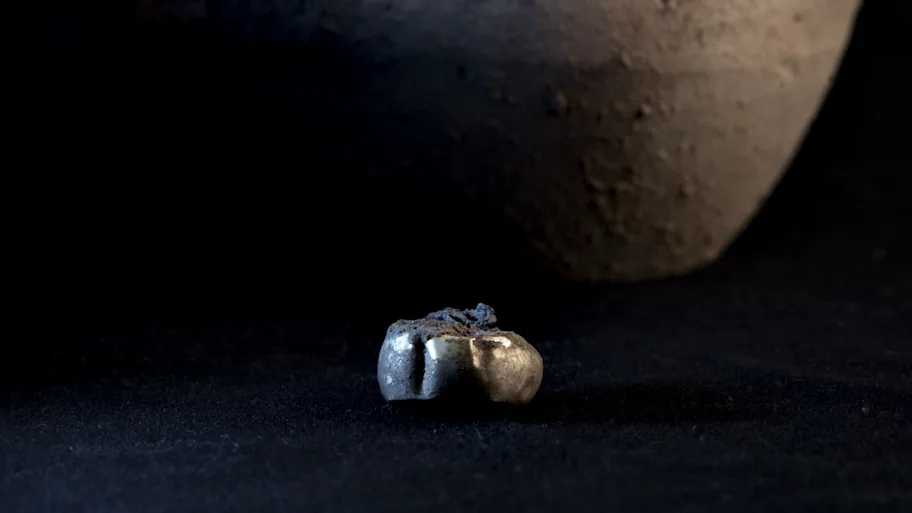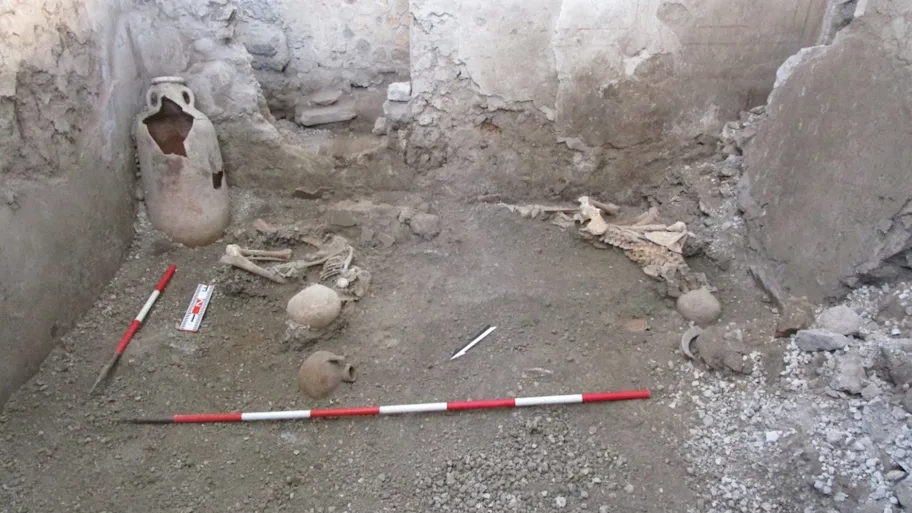
- Science news
- Featured news
- 500-year-old Transylvanian diaries show how the Little Ice Age completely changed life and death in the region
500-year-old Transylvanian diaries show how the Little Ice Age completely changed life and death in the region

People have been recording local climates for centuries, chronicling hot and cold periods as well as resulting floods, famines, and fatal diseases. Now, researchers have examined a wealth of historic documents to learn how climate impacted 16th century Transylvania, a region that today is part of Romania. They found that after several decades of uncharacteristically high temperatures, the climate changed in favor of excessive rain – and that both climates shaped human lives and societies in their own way.
Glaciers, sediments, and pollen can be used to reconstruct the climate of the past. Beyond ‘nature’s archive,’, other sources, such as diaries, travel notes, parish or monastery registers, and other written documents – known at the ‘society’s archive’ – contain reports and observations about local climates in bygone centuries.
Now, researchers in Romania have examined such sources to reconstruct the evolution of the climate and resulting effects on the people who lived in Transylvania in the 16th century.
“We show that the climate was marked by significant variability, including prolonged periods of drought, heatwaves, and episodes of intense rainfall and flooding,” said Tudor Caciora, a researcher at the University of Oradea and corresponding author of the Frontiers in Climate study. “The study illustrates the complex interplay between heat waves, droughts, floods, and their cascading impacts on agriculture, public health, and societal stability, emphasizing the significant role of climate in shaping human history.”

Delayed ice age
The sources tell of a particularly hot and dry first half of the century. “One compelling passage comes from a historical document describing the summer of 1540. ‘The springs dried up, and the rivers dwindled to mere trickles. Livestock fell in the fields, and the air was thick with despair as the people gathered in processions, praying for rain,’” said Caciora. “This vivid account underscores the emotional and spiritual dimensions of living through climatic extremes.”
In contrast, the second half of the century was characterized by heavy rainfall and floods, particularly in the 1590s.
The western parts of the European continent cooled significantly when in the 16th century a period known as the ‘Little Ice Age’ intensified. During the second half of the century, temperatures dropped by 0.5°C. In Transylvania, however, hot weather was recorded much more frequently than cold weather during the 16th century. “This makes us believe that the Little Ice Age could have manifested itself later in this part of Europe,” said Caciora. Later writings, in which more cold waves and severe winters are mentioned, support this thesis.
Climate catastrophes
Such weather variations often resulted in catastrophes, related directly or indirectly to the climate. These included 30 years during which the Black Death ravaged the land, 23 years or famine, and nine years during which locust invasions were recorded.

However tragic, weather extremes and resulting calamities could have driven changes in settlement patterns, the researchers said. “Towns might have adopted flood-resistant infrastructure or migrated to more favorable areas. The challenges might also have spurred technological innovations, such as improved irrigation systems or storage facilities,” Caciora explained.
Read and download original article
The human element
“Chronicles and diaries reveal how people perceived, responded to, and were impacted by these events,” Caciora continued.
Despite the insights it provides, the study faces several limitations, the researchers pointed out. Few people were literate, reports are often subjective, or only true on local scales. In addition, the records are fragmented. For example, the researchers were not able to include any records about 15 years of the 16th century, either because no records existed, or they were too contradictory for inclusion.
Nevertheless, these writings not only provide a glimpse into how people in the past might have lived, but are also relevant for modern climate resilience strategies, particularly in understanding the socio-economic consequences of extreme weather events and their role in shaping human history. “Studying climate records from the society’s archive is as crucial as analyzing natural proxies,” Caciora explained. “It provides a human-centric perspective on past climatic events.”


REPUBLISHING GUIDELINES: Open access and sharing research is part of Frontiers’ mission. Unless otherwise noted, you can republish articles posted in the Frontiers news site — as long as you include a link back to the original research. Selling the articles is not allowed.






